YM-177 3D MODEL OF PLANT CELL
3 Dimensional, detailed as seen under an electron microscope
,mounted on board size 14 x 10 x 3 1/2” high, with key.
MODEL OF PLANT CELL
Enlarged Anatomical model as seen under the Electron Microscope mounted on base board with key card.
All the Parts i.e Nucleus, Vacuoles Cell membrane, Endoplasmic Reticulum, Mitochondrion. Golgi apparatus, Chloroplast are detailed in this model and numbered too.
Functions of all parts can be detailed easily by this Model e.g Chloroplast which makes plants green and is for Photosynthesis i.e take sunlight and use it to turn water and carbon dioxide into food through a process called photosynthesis.
A plant cell is a tiny building block that makes up all parts of a plant, just like how a brick is used to build a house. Each plant is made up of millions of these cells, and each cell has special parts that help it do its job.
Thick outer layer called the cell wall is shown, which gives them strength and helps them keep their shape.
Inside the plant cell, is a a jelly-like substance called cytoplasm, which holds all the important parts, or organelles, that help the cell work properly.
This is how plants make their own food and release oxygen into the air, which is great for us to breathe!
Another important part of the plant cell is Nucleus the centre point of any plant cellThe cell vacuole, which is like a big storage bag. It holds water, nutrients, and waste products. The vacuole is usually much larger in plant cells compared to animal cells, and it helps keep the plant firm and strong by maintaining pressure. All these parts work together to help the plant grow, heal, and produce flowers, fruits, and seeds.
So, plant cells are really amazing little structures! They work hard every day to help the plant stay healthy and grow tall. Understanding how plant cells function helps us appreciate the important role that plants play in our world, from providing food to giving us clean air.
Students when see any plant, can understand about all the small cells inside it working together to keep it alive!
Be the first to review “YM-177 3D MODEL OF PLANT CELL” Cancel reply
Related products
Anatomical Models
Anatomical Models
Anatomical Models
Anatomical Models
Anatomical Models
Anatomical Models
Anatomical Models
Anatomical Models

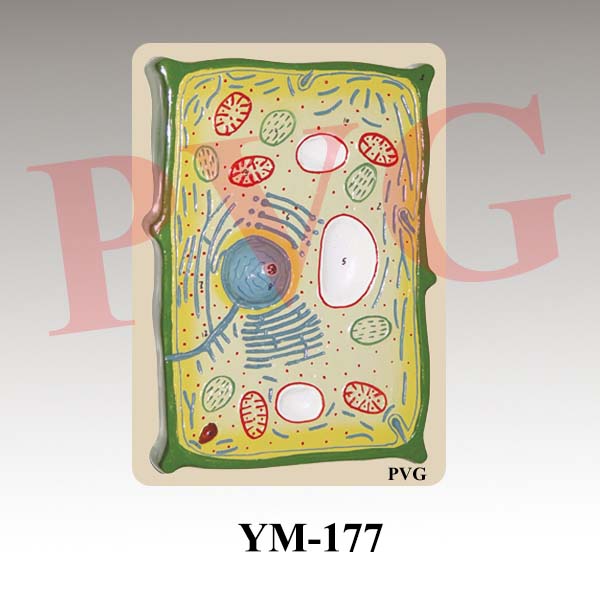
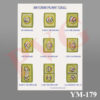
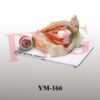
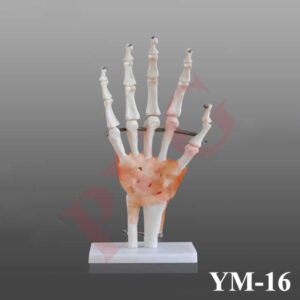


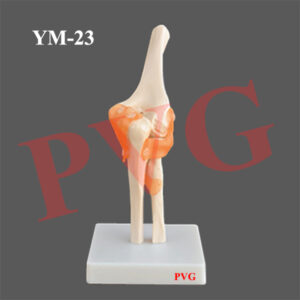

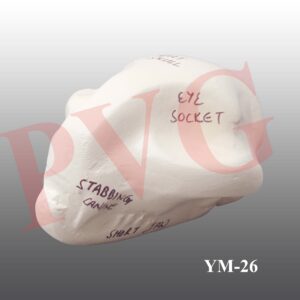


Reviews
There are no reviews yet.